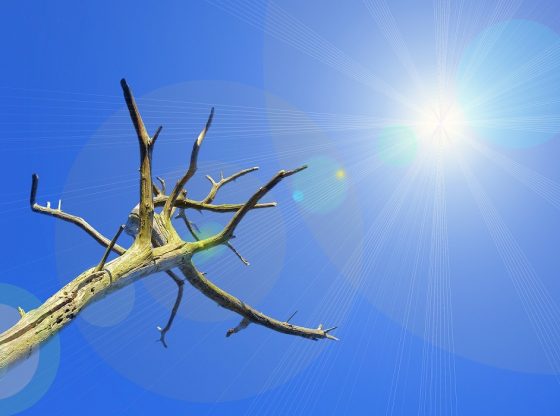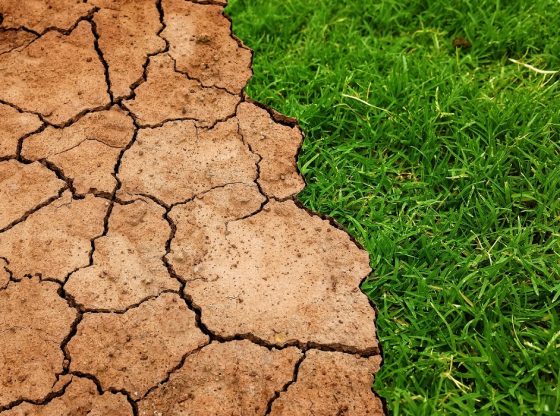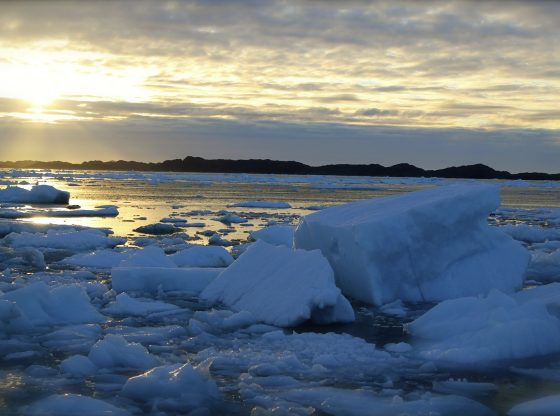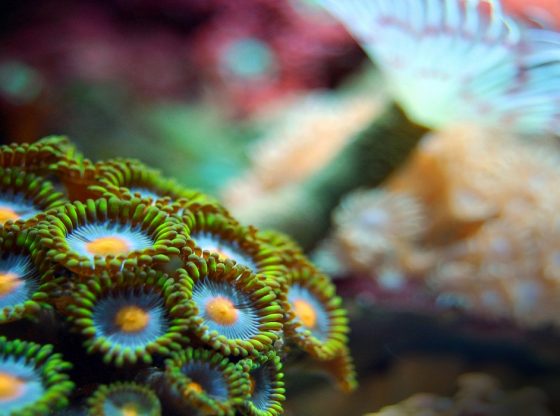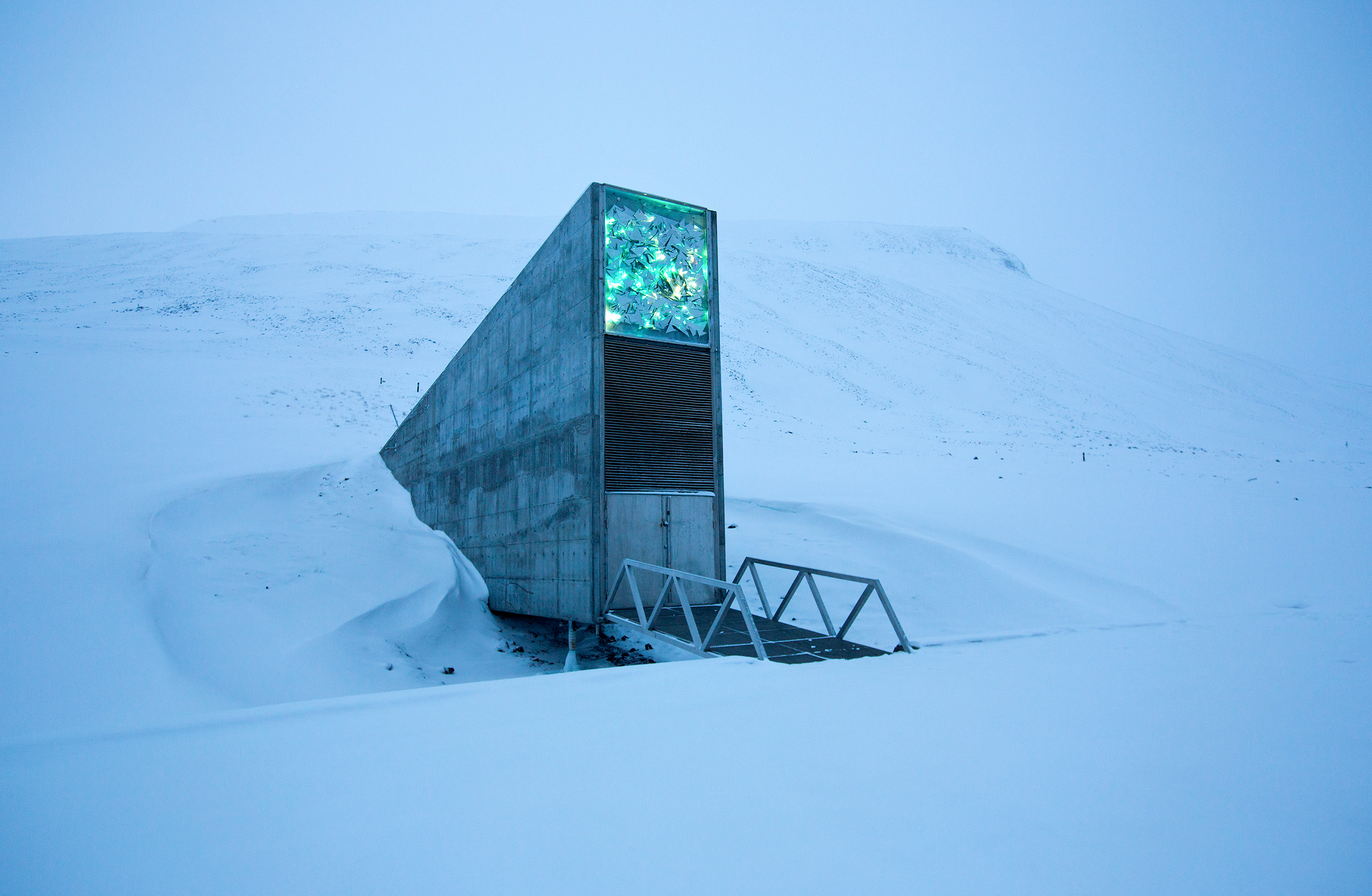
In the Arctic cold of Svalbard in Norway, a back-up is kept with seeds from all over the world. The idea is to preserve a large genetic diversity of edible plants in case of a catastrophe.
The Norwegian government sees vault as a treasure chamber. Containing around a million different seed samples, carefully stacked in boxes in an ice-cold mountain chamber some 60 meters below ground level. Contained are, for example, 150,000 genetic variants of rice.
Crop Trust is one of the organizations behind the seed vault. With a goal to preserve the genetic diversity of our plants for future food production.
The biodiversity of the seeds in the vault is the raw material of the future for developing plants with different properties. The seeds in Svalbard may have an impact on the possibility of obtaining plants that, for example, can withstand higher temperatures or higher salinity in the soil.
But now, only ten years after its inauguration, the seed vault must be rebuilt. With climate change becoming ever more noticeable in and around the artic region than perhaps elsewhere in the world.
In January this year, the average temperature was almost 10 degrees Celsius above normal and the vault was at risk of becoming flooded in the autumn of 2016 when meltwater penetrated the walls of the tunnel leading down to the vault.
The seeds were unharmed, but the Norwegian government decided to invest to have the vault reconstructed to protect against future meltwater, the country announced. Saying that the seed vault should be climate-adapted for a warmer climate to make it safe for storing the world’s seeds for the future.
The rebuilding of the vault will start in March and will be ready in summer of 2019. The total cost is estimated at 230 million Norwegian crowns (30 million U.S. dollars).
The seed samples at the vault are donated countries or institutions. Very soon an additional 70,000 samples are to be delivered to the vault. This means that since 2008, more than one million seed samples from 73 countries have been sent to the seed bank.






